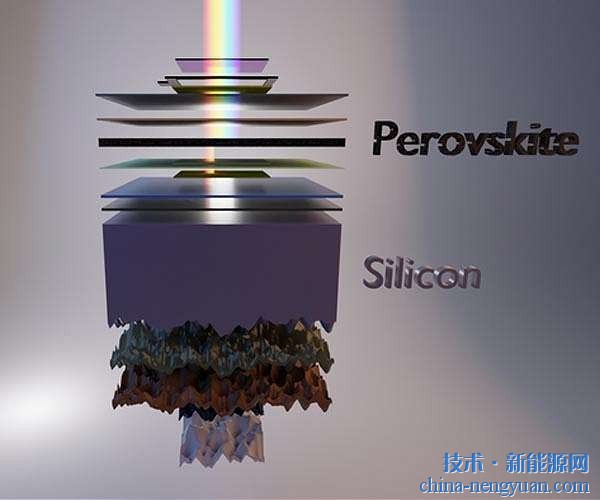We all know that solar cells use sunlight to generate electricity, and plants use sunlight to provide energy for their own growth. At present, an important factor constraining the scale of solar power generation is the high cost of solar panels. So, is it possible to abandon expensive panels and use inexpensive plants as carriers for solar power? Researchers at Cambridge University in the United Kingdom believe that plants can be used to generate electricity. They have also invented novel products that use plants to generate electricity. With plant power generation, we may immediately think of those bio-energy companies that use incineration plants to generate electricity. Alex Delvef, a researcher at the University of Cambridge in the United Kingdom, believes that there is no need for such a "violent" approach. We can use the peaceful means to generate electricity for plants. When plants perform photosynthesis, chlorophyll not only decomposes water into hydrogen and oxygen, but also decomposes hydrogen into charged hydrogen ions and negatively charged electrons. At this point, there will be currents in the plants and then consumed in vain. If this artificial current is controlled by artificial methods, the electricity in the plants can be accumulated to provide people with the electricity needed for life and industry. A few years ago, Japanese scientists conducted a special experiment to verify the feasibility of plant chlorophyll power generation. Researchers mixed chlorophyll extracted from spinach leaves with lecithin and coated it on a transparent tin oxide crystal plate. Using it as a positive electrode was placed in a “transparent batteryâ€. When it was exposed to sunlight, it generated electricity. Studies have shown that batteries made with chlorophyll can convert 30% of solar energy into electricity, while most existing solar panels can only convert 10% -20% of solar energy into electricity. Therefore, researchers believe that the use of plants for solar power generation should have greater potential than solar panels. Researchers have called plants the use of solar power to generate electricity. Bio-photovoltaic power generation is used to create solar cells. Bio-photovoltaic cells are used to make batteries. However, the biophotovoltaic cells manufactured by Japanese researchers have a big drawback. They cannot produce electricity for long. Because the chlorophyll and lecithin used to make batteries are both macromolecule organics extracted from plants, leaving the plant's living environment. It is easily decomposed and loses its ability to absorb solar energy. As a result, researchers at the University of Cambridge in the United Kingdom improved the power generation technology of Japanese researchers. They believe that the use of living plants can also generate electricity and develop a number of living "biophotovoltaic cells." For example, the researchers set up some electrodes in potted plants to collect the electricity generated by the plants during photosynthesis. According to the current experiment, a pot of fern with a diameter of 1 meter can produce 100 watts of electricity and can generate nearly 1 kWh of electricity a day on a sunny day. Ferns require low soil fertility for growth, are very easy to manage, and grow very quickly, and are suitable for power generation. In addition to ferns, researchers are more optimistic about a variety of algae, because algae growth and expansion are very fast, less demanding on the environment, all kinds of water quality of the water can grow algae, dark and humid places can also grow Algae. In addition to algae, more primitive bryophytes are also being used by researchers. Of course, the forest with the richest plant resources is what researchers think of as a "bio-photovoltaic" powerhouse. They have designed a power pole and are preparing to collect electricity from the trees in the forest. We know that the energy in the world is conserved. If the energy of plant photosynthesis is used to generate electricity, it will inevitably affect the growth of plants. Therefore, in the future, we will use mainly weeds and trees to generate electricity. We will not use grain crops, vegetables, and fruit trees to generate electricity. Like traditional solar power generation, "bio-photovoltaic" power generation also faces the problem of energy storage. In other words, when there is sunlight, the energy will be generated continuously and need to be consumed in time. When there is no sunlight at night, no electricity will be generated. Some storage devices are needed to solve this problem. Although the use of plants for solar power generation technology has just begun, researchers are very optimistic about its prospects. Plant power generation is not only efficient, but also very convenient. It can be used locally for local power generation and does not require complicated power grids for remote power transmission, especially for remote areas and disaster areas. Researchers at the University of Cambridge even believe that in rural areas and tourist resorts, bio-photovoltaic cells may gradually replace solar cells that are just starting out; in cities, residents can use potted plants on balconies, patios, and homes. Power generation, providing electrical energy for home appliances. Disposable Coverall Gown,Hospital Isolation Gowns,Isolation Gown Coverall,Disposable Isolation Gowns Ningbo Autrends Prevention Products Co., Ltd , https://www.autrendsafety.com